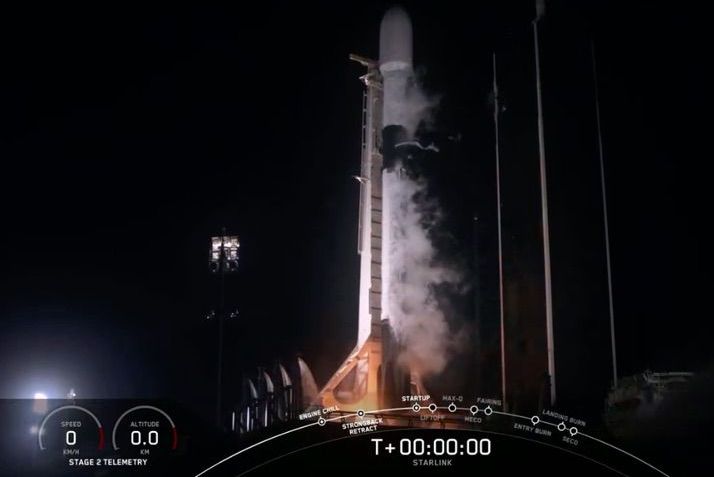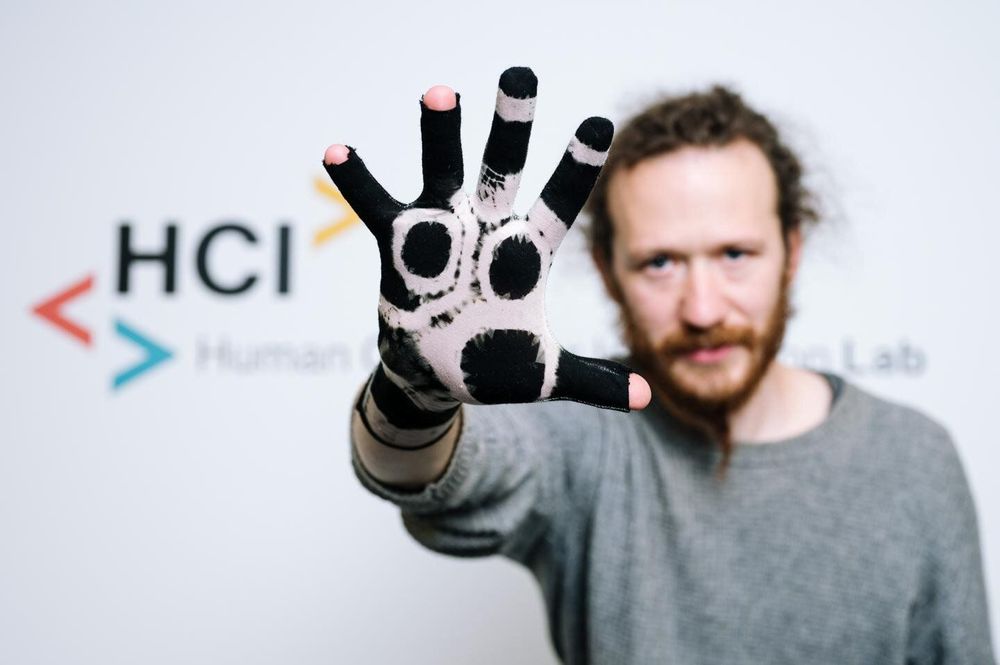The 2 Gig service is targeting households with heavy internet users who are now forced to work from home due to COVID-19. “So we’re more than a little excited to announce 2 Gig today—bringing even more bandwidth and speed to customers in internet-intensive households who may need more than a gig to do their thing, whatever that may be,” wrote Amalia O’Sullivan, Google Fiber’s director of product management, in the announcement. (That said, upload speeds will remain at 1Gbps.)
Google Fiber is currently looking for subscribers in Nashville, Tennessee, and Huntsville, Alabama, to sign up as testers for the 2 Gig service. The beta will then roll out to other Google Fiber cities in the fall before the official launch. Interested customers can also go to the Google Fiber website to sign up for email updates on the 2Gbps service’s availability.







